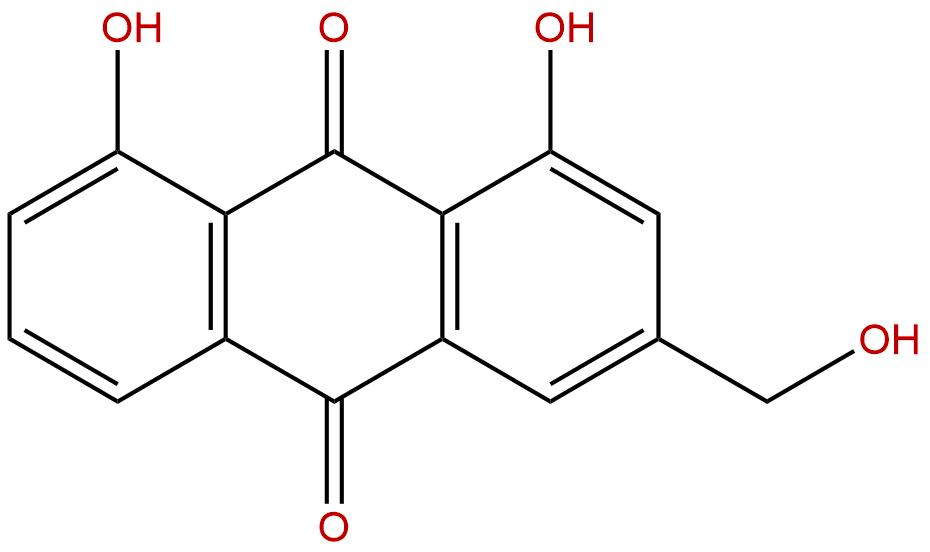
Aloe emodinCAS No.:481-72-1
|
||||||||||
 |
|
|
||||||||

| Catalogue No.: | BP0146 |
| Formula: | C15H10O5 |
| Mol Weight: | 270.24 |
Product name: Aloe emodin
Synonym name: Rhabarberone
Catalogue No.: BP0146
Cas No.: 481-72-1
Formula: C15H10O5
Mol Weight: 270.24
Botanical Source: Found in aloes, also bark of cascara sagrada, in Cassia alata, Rhamnus purshiana, Rhamnus alaternus, Rheum palmatum, Rheum undulatum, Rumex orientalis, Asphodelus microcarpus, Asphodelus fistulosus, Xanthorrhoea australis and Oroxylum indicum
Physical Description: Powder
Type of Compound: Anthraquinones
Purity: 95%~99%
Analysis Method: HPLC-DAD or/and HPLC-ELSD
Identification Method: Mass, NMR
Packing: Brown vial or HDPE plastic bottle
Storage: Store in a well closed container, protected from air and light. Put into refrigerate or freeze for long term storage.
Whenever possible, you should prepare and use solutions on the same day. However, if you need to make up stock solutions in advance, we recommend that you store the solution as aliquots in tightly sealed vials at -20℃. Generally, these will be useable for up to two weeks.
The product could be supplied from milligrams to grams, up to kilograms
Inquire for bulk scale.
Descriptions:
Aloeemodin is able to interact with DNA under certain in vitro conditions, however, in vivo it is negative did not indicate a genotoxic potential, thus, it may be assumed that a genotoxic risk for man might be unlikely.[1]
Aloeemodin has inhibition of β-amyloid aggregation, and has neuroprotective effect on primary hippocampal cells against β-amyloid induced toxicity.[2]
Aloeemodin has anti-fibrotic effects, perhaps through downregulation of the expression of Smad2 mRNA and TGF-β1,TIMP1,and type Ⅰ and Ⅲ collagen proteins,and upregulation of the expression of Smad7 mRNA.[3]
Aloeemodin might have therapeutic effects on liver fibrosis induced by Schistosoma of liver through the effects of TGF-β1,VEGF and FAK expression.[4]
Aloeemodin can suppress the proliferation of HGC-27 cell to induce apoptosis and block cell cycle.[5]
References:
[1] Heidemann A, V?lkner W, Mengs U. Mutation Research/fundamental & Molecular Mechanisms of Mutagenesis, 1996, 367(3):123-33.
[2] Ho S L, Poon C Y, Lin C, et al. Current Alzheimer Research, 2015, 12(5):424-33.
[3] Wu Y Y, He S S. World Chinese Journal of Digestology, 2009, 17(27):2778-83.
[4] Dan X U, Zhou W, Hong-Gang Y U. Chinese Journal of Integrated Traditional & Western Medicine on Liver Diseases, 2012, 22(02):107-9.
[5] Nan J, Qin Y X, Liu J, et al. J Modern Oncol, 2008, 16(06):919-21.
[6]Chen C S, Sang X F. Chinese Journal of Health Laboratory Technology, 2011(05):1088-9.
HPLC of Aloe emodin
